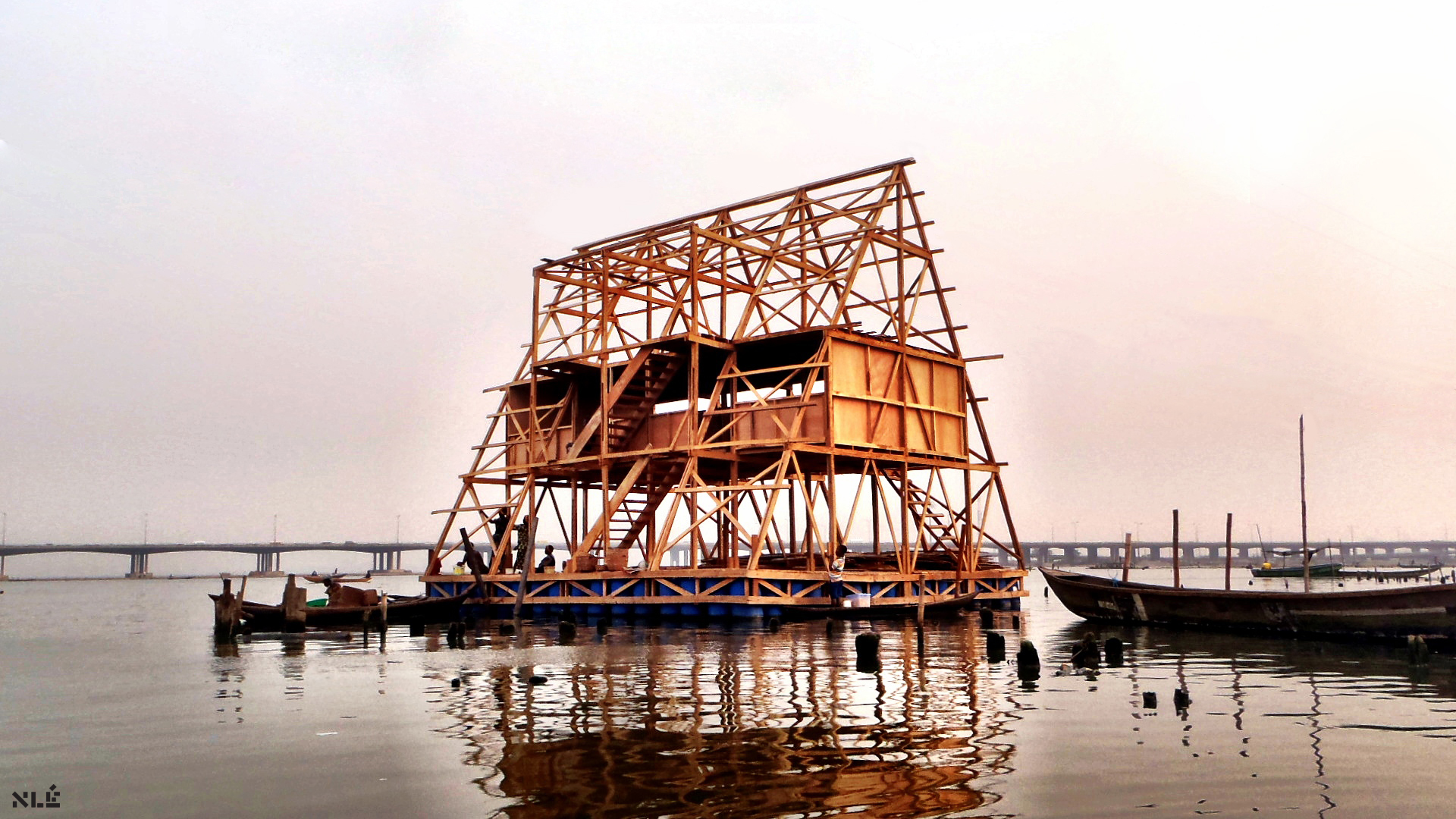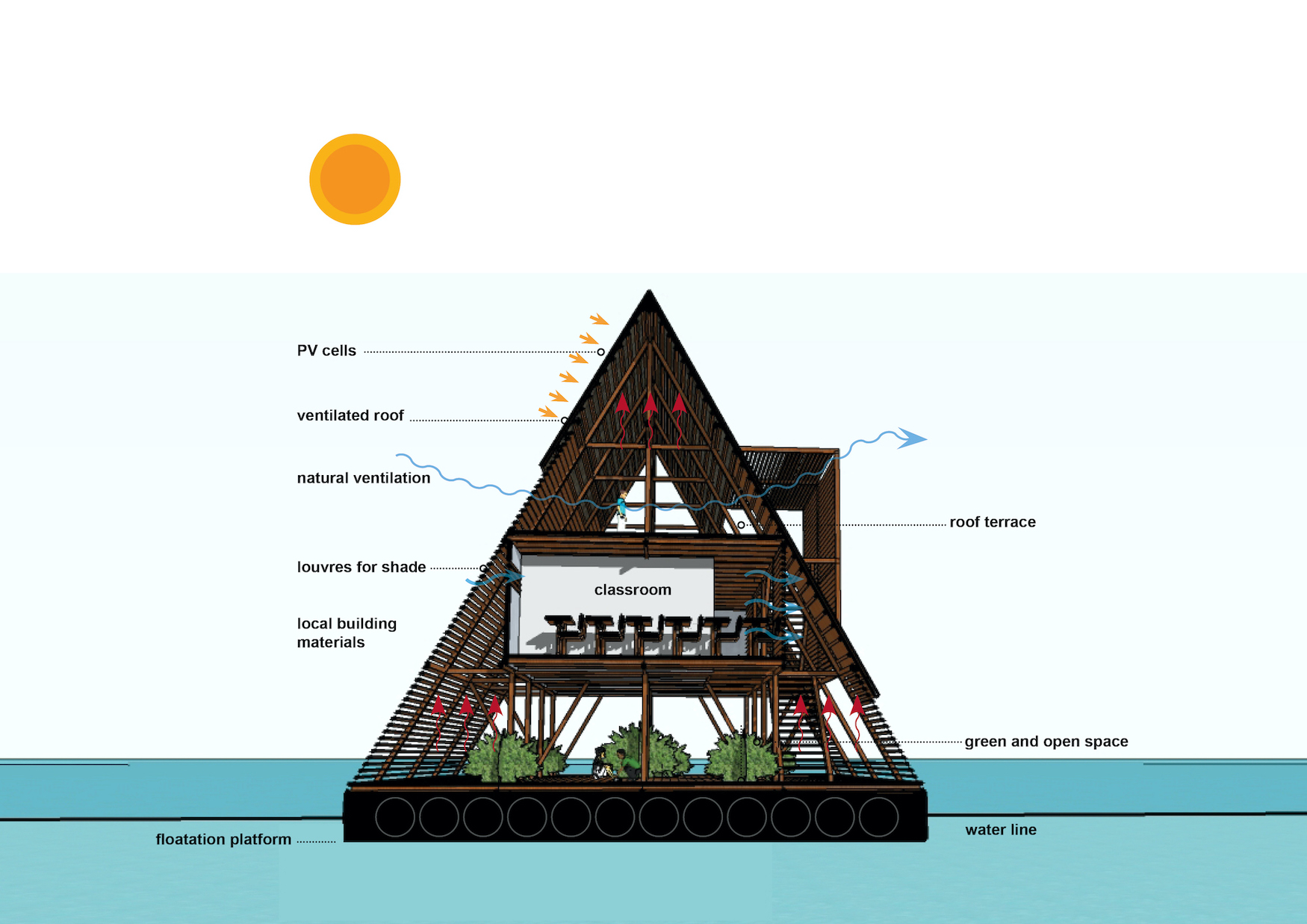Can Schools Float?
At first, Makoko Floating school seemed a brave example for a community in need.
At first, Makoko Floating school seemed a brave example for a community in need. In 2012, local builders were hired to erect the floating structure. Children in one of the largest slums in Lagos would have a space to learn. With a simple A-frame, a base made of more than 250 barrels, and a low centre of gravity, it was designed to withstand storms and tides.
‘The gap between the gloss presented to the world and the reality on the ground was vast,’ wrote Allyn Gaestel for Atavist magazine. ‘I soon learned that when the school had opened the previous March, toilets and blackboards hadn’t been installed. Since then not a single class had been held.’
The worst was still to come. On 7 June 2016, the building collapsed, toppled by a late spring thunderstorm. What had begun as a beacon of hope for poor, coastal communities around the world was now lost in the lagoon.

On the one hand, as Tomà Berlanda wrote in The Architectural Review, the project showed how architecture could be “a vehicle for a message of resilience towards both climate change, and the growing project of inequality that is increasingly marginalizing poor communities.”
Architect Kunlé Adeyemi, founder and principal of NLÉ who designed Makoko Floating school, has been keen to stress that ‘the structure is really a prototype, a pilot project.’ Some would say, that’s all very well, but what are the residents supposed to do with a ‘prototype’.

In any case, NLÉ have since rebranded the project as Makoko Floating System MFS ‘a simple way to build on water by hand’. Indeed, its timber structure can be locally produced, assembled and dissembled at speed. Modular, sustainable, scalable and put to many different uses – in Cape Verde, the Floating System is being used as a music hub.
This is a story that can’t be easily boiled down. But it’s evidence of architecture trying to address urgent questions: 80% of the world’s cities are situated by water – prone to flooding and growing rapidly. Adeyemi told Wallpaper, 'Our view is that the development and evolution of humanity are going to become somewhat more aquatic, there will be an increase in that relationship between cities and water. We should learn not to continue to fight it, but learn to live with it.’
He also said: ‘What we learned is to be completely relentless in innovation, and innovating means understanding that failure is also part of the learning curve.’